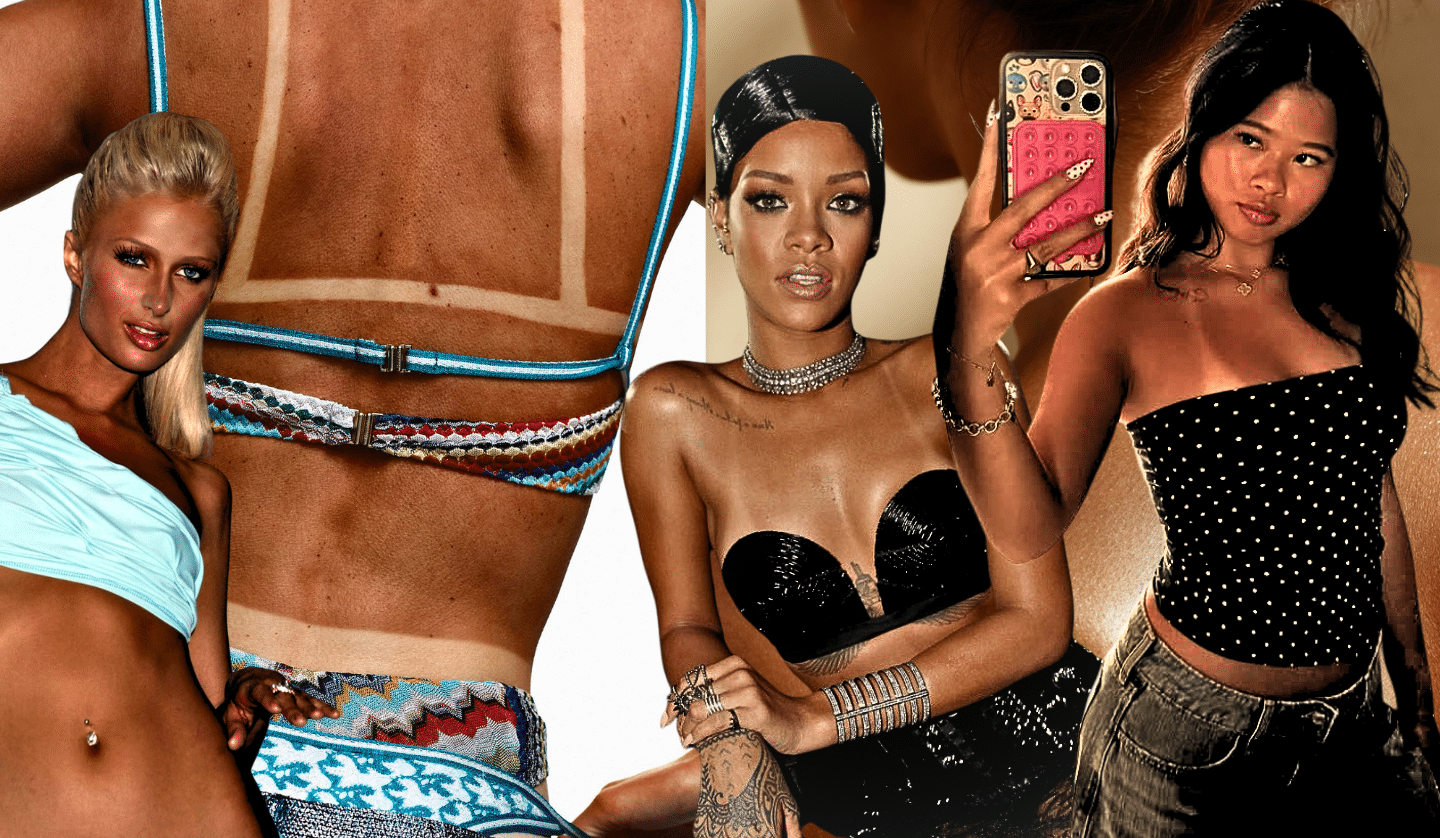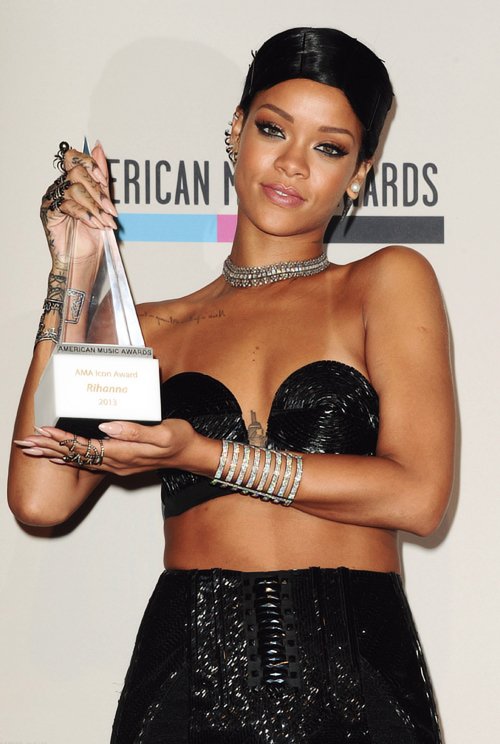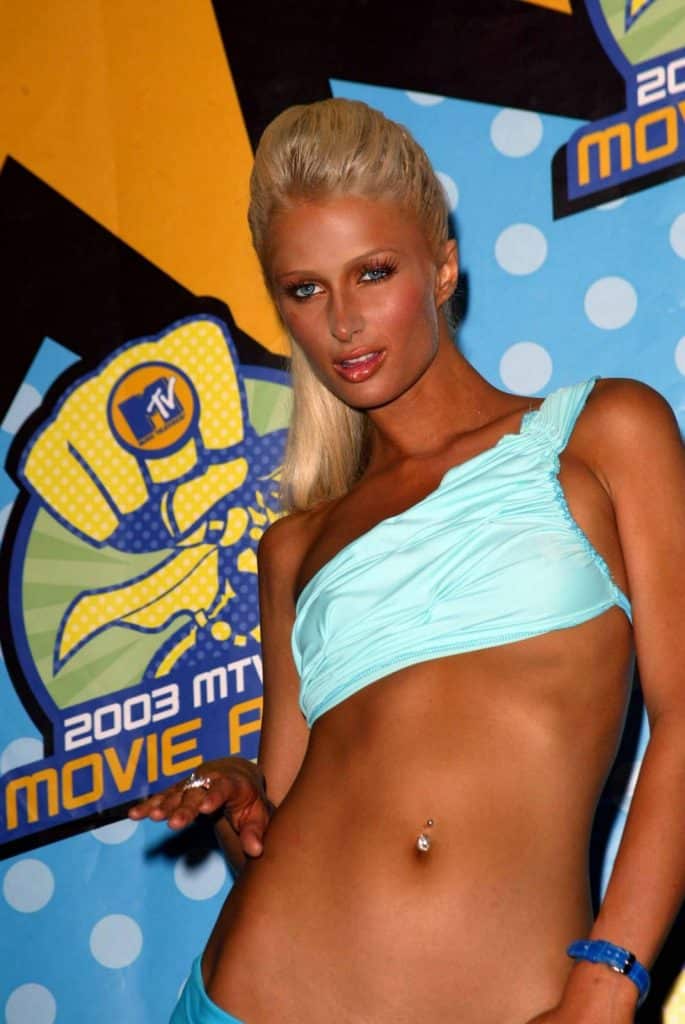Foodie’s Bucket List: 24 Iconic Foods to Try Before You Die
Wandering around the globe, try out the signature tastes of cultures across ...

It signals time affluence, the freedom to spend uninterrupted hours in sunlight and the privilege of being untethered from work schedules. Styled as carefree yet meticulously maintained, it is as calculated as it is casual.

The early-2000s bronze obsession should serve as a cautionary tale. Paris Hilton, J.Lo and Victoria Beckham practically built careers on being aggressively tanned. The explosion of tanning salons and at-home bottles made the look widely accessible. Eventually, even the industry had to step in. When Nicola Roberts began calling out tanning culture for its impossible standards and health risks, it was clear the bronze age had gone too far at times. Sometimes the smartest trend is knowing when to stop.

Today’s tan line devotees aren’t accidentally acquiring bronze demarcations while reading paperbacks by the pool. They’re strategically curating contrast zones about their access to time, travel and the kind of lifestyle where UV exposure is a choice rather than an occupational hazard.
When tan lines work, they work spectacularly. They demand time and care: a beach escape, hours in the sun or the precise art of fake tan for city girls today. The desired lines appear in subtle hints: the faint trace of sun-tanned skin, a bikini line just visible beneath clothing.

This slight contrast creates an intimate kind of geography, evoking summer afternoons spent somewhere quiet, serene and Instagram-worthy. The best way to explain it is that the most alluring tan lines feel stumbled upon and never ever displayed.

But like all things worth doing, tan lines can be catastrophically overdone. When the contrast hardens into stark borders, the effect is less sun-kissed and more like someone drew the lines on with a ruler. Beyond the aesthetic concerns, there is real risk. Hours of deliberate sun exposure or overzealous fake tan application come with consequences that go well beyond the look.
Let’s call a tan what it is: UV is a carcinogen, full stop. Whether it is streaming from the sun or blazing out of a sunbed, there is no “base tan” that protects you, only cumulative damage that shows up later as lines, spots, sagging and in the worst cases skin cancer. The International Agency for Research on Cancer (IARC) places both solar radiation and sunbeds in the top tier of cancer causes in humans.
Indoor tanning spikes melanoma risk, especially when you start young. The chic thing is SPF 30 or higher, broad spectrum, used properly and reapplied every two hours or after a swim or sweat. Hats, sleeves, shade.
Fake tan is the lesser evil but it is not a hall pass. DHA or dihydroxyacetone, the active ingredient in self tanners, works only on the dead outer layer to give colour and it offers little to no real UV protection, so sunscreen still matters.
The Food and Drug Administration allows DHA for external use only. Spray booths are where it gets messy since inhaling or getting it on lips or around eyes is not approved. Patch test if you are reactive, moisturise to avoid patchiness, keep it off mucous membranes and do not treat it as protection.
Bottom line. Flirt with it if you must, but always respect the physics.
Wandering around the globe, try out the signature tastes of cultures across ...
These top 5 barber shops in Bangkok are where gentlemen can elevate ...
Sailorr and Molly Santana’s black grills fuse hip-hop swagger with homage to ...
The Koktail Thailand Charity Dinner at Gaysorn Urban Resort marked an unforgettable ...
The Koktail Thailand Restaurant Guide Awards 2026 took place on 12 November ...
Meet Martin Constable, the Vietnam-based artist whose works are collected by icons ...
Wee use cookies to deliver your best experience on our website. By using our website, you consent to our cookies in accordance with our cookies policy and privacy policy